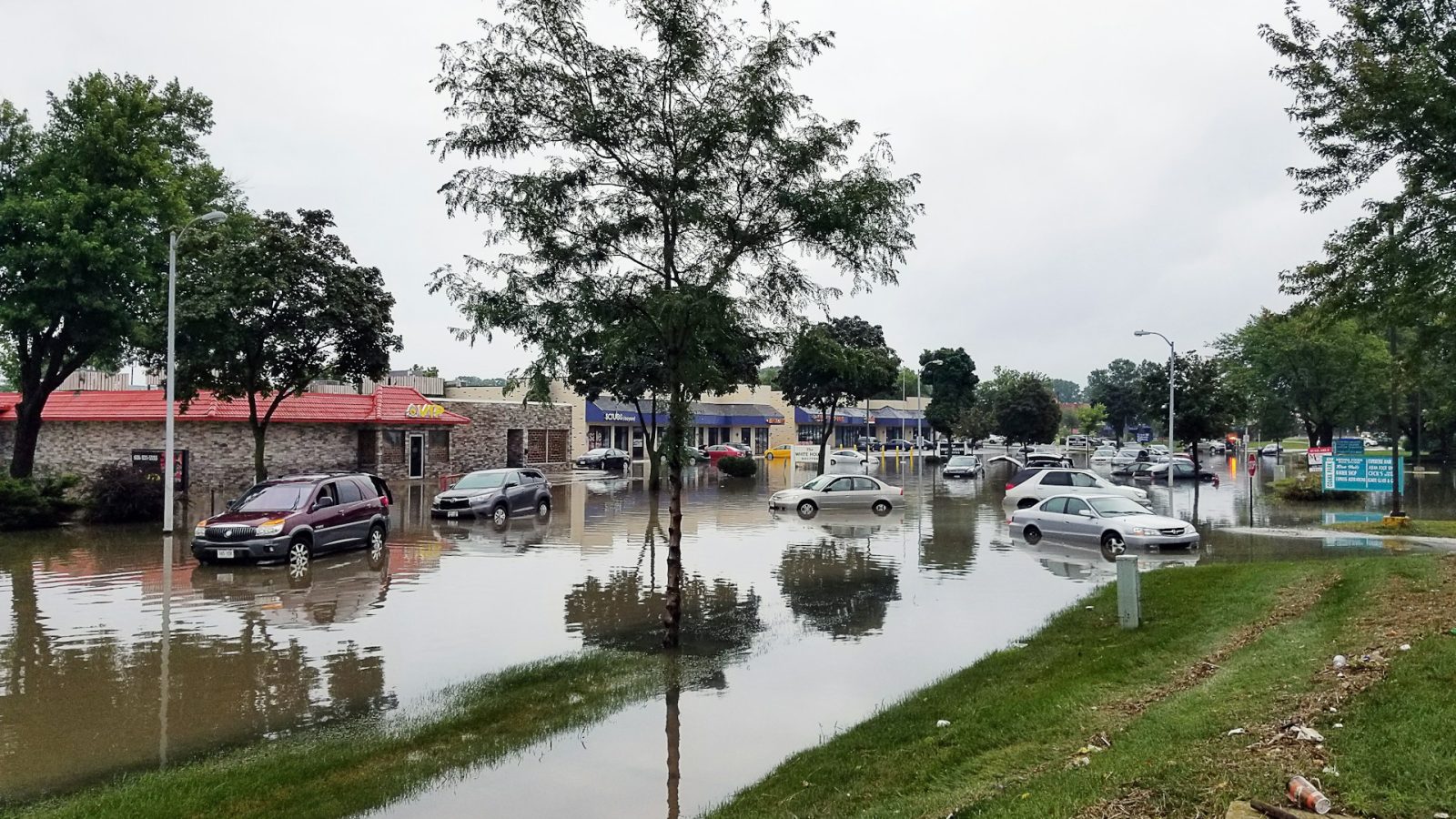
Communities across the United States are experiencing the devastating impacts of climate change, from droughts affecting crop yields and floods damaging infrastructure to wildfires destroying entire communities. To mitigate these growing climate risks and the impacts on their operations, the U.S. Department of Agriculture (USDA) and more than 20 other federal agencies have released updated climate adaptation plans. The plans advance the Biden Administration’s National Climate Resilience Framework to establish a vision for a climate-resilient nation and guide federal government and partner activities and investments.
USDA’s 2024-2027 Climate Adaptation Plan assesses current and future climate-related risks to employees, facilities, services, and federal lands, waters, and cultural resources. It also describes the actions it is taking to integrate climate adaptation and resilience into its planning, budget formulation, decision-making, policies, programs, and funding opportunities, building on the five priority actions identified in its 2021 plan:
- Build resilience across landscapes with investments in soil and forest health
- Increase outreach and education to promote the adoption of climate-smart adaptation strategies
- Broaden access to and availability of climate data at regional and local scales for USDA Mission Areas, producers, land managers, and other stakeholders
- Increase support for research and development of climate-smart practices and technologies to inform USDA and help producers and land managers adapt to a changing climate
- Leverage the USDA Climate Hubs to support USDA Mission Areas in delivering adaptation science, technology, and tools
Examples of specific actions USDA agencies are taking in pursuit of climate resilience, as outlined in the plan, include:
- The Forest Service is taking steps to reduce climate-driven wildfire risk by implementing the Wildfire Crisis Strategy (WCS) and is integrating climate adaptation into all aspects of its planning and operations
- USDA’s research and statistical agencies are adapting their programs to support the science and innovation needed to address climate change challenges. They are also modifying their operations to ensure the reliability of the critical information they supply
- To advance climate-smart agriculture, the Coalition on Sustainable Productivity Growth for Food Security and Resource Conservation, co-led by FAS and the Office of the Chief Economist, is highlighting practices and approaches that help producers adapt and build resilience to the effects of climate change
- The almost $19 billion provided by the Inflation Reduction Act for Natural Resources Conservation Service conservation programs is being directed towards climate-mitigating conservation practices.
“USDA has taken a department-wide approach to considering the impacts of climate change on our mission delivery and those we serve,” said Agriculture Secretary Tom Vilsack. “From USDA headquarters to field offices nationwide, these efforts enable USDA to support the agriculture and forestry sectors and diverse communities across the country as they confront the impacts of climate change.”
“Of course, the scope of USDA’s mission extends beyond agricultural production to also include natural resource and land management, rural development, food security and safety, and science and innovation. This broad mission increases our exposure to a range of climate change risks but also means we have great opportunities to build more resilient food systems and communities across the country.”


